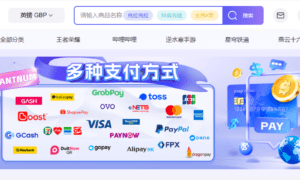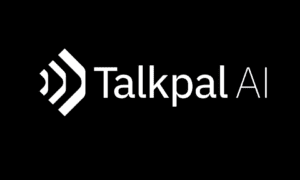Companies often need to scale up or down to meet changing demands quickly. Hiring temporary or contract workers is an agile staffing strategy that allows organisations to remain nimble. However, there are times when temporary hires can transform into long-term assets. Understanding when to use short-term versus permanent hires is key to building an adaptable workforce.
What is a Temporary Worker?
Before exploring the benefits and challenges of temporary workers, it’s important to understand what is a temp worker? A temporary worker, or “temp,” is hired for a fixed term via a recruitment agency, typically ranging from a single day to up to a year. Unlike permanent employees, temps provide short-term solutions for fluctuating workloads, seasonal peaks, or urgent staffing needs.
When hiring temporary workers in the UK, employers must uphold certain legal rights known as ‘temp rights’. These include entitlements like minimum wage, paid annual leave, rest breaks and protections against discrimination. Understanding temporary staff rights ensures they are managed appropriately throughout assignments.
The Pros and Cons of Temporary Workers
Temporary staff provide valuable flexibility, allowing organisations to adapt quickly to changing business demands. They help fill short-term gaps, manage seasonal workloads, and avoid the long-term costs of permanent employees. Temps also bring fresh ideas and specialized skills, energizing teams and streamlining operations.
However, higher turnover rates can lead to increased training costs, and temporary workers may lack company-specific knowledge, impacting strategic goals. Additionally, managing confidentiality and security risks is crucial. Despite these challenges, striking a balance between temporary and permanent hires helps maintain agility while nurturing innovation.
Converting Star Temporary Workers into Permanent Players
While temps are intended as short-term hires, transitioning outstanding performers into permanent roles makes strong business sense. Exceptional temps who already grasp the organization’s workflows and company culture can hit the ground running in a new permanent post. Eliminating repeat recruitment and training costs for a proven hire can be a value-added staffing decision.
HR should have processes to identify temping talent with long-term potential. Performance reviews, line manager feedback and temp engagement surveys can reveal stars worth retaining. Temp-to-permanent conversions may deserve incentives like salary increases or bonus payments.
Sourcing Temporary and Permanent Talent
Accessing both temporary and permanent talent necessitates varied sourcing strategies. Here are some best practices:
- Leverage Recruitment Agencies – Agencies like Allen Associates recruitment agents remain trusted partners for temporary resourcing across job categories and seniority levels. Work with industry specialists who can swiftly provide pre-vetted temps. Agencies may also attract permanent candidates through job board networks and proactive sourcing.
- Tap Talent Pools – Stay connected with former temps and interviewees interested in full-time roles.
- Optimise Your Careers Website – Promote temporary and permanent opportunities in your careers portal. Showcase your employee value proposition to engage both applicant types.
Onboarding Temporary Employees
Thoughtful onboarding brings temporary workers up to speed quickly so they can deliver results from day one. Streamlined onboarding also provides a positive candidate experience that tempts temps to consider permanent roles.
Key steps include:
- Send a welcome pack covering policies, processes and forms to complete pre-start.
- Arrange logistics like workstation, equipment and passes in advance.
- Schedule a comprehensive induction session to introduce the role, team and wider business.
- Provide training on core systems and health and safety.
- Define expectations through objectives aligned with contract duration.
- Allocate a buddy as an ongoing point of contact for questions.
- Check in regularly on progress and satisfaction during the temping tenure.
- Offer continuous feedback to boost performance and skills.
- Discuss potential permanent openings if both parties are interested.
While temporary workers change regularly, following consistent onboarding procedures raises productivity and retention. Temps who feel welcomed, supported and valued are more likely to consider longer-term commitments.
Balancing temporary and permanent hires enables workforce agility. While temps provide numerical flexibility, transitioning top performers boosts capabilities. With intelligent sourcing and talent management, short-term hires can become successful long-term additions. The key is leveraging data and insights to make informed resourcing decisions.



































